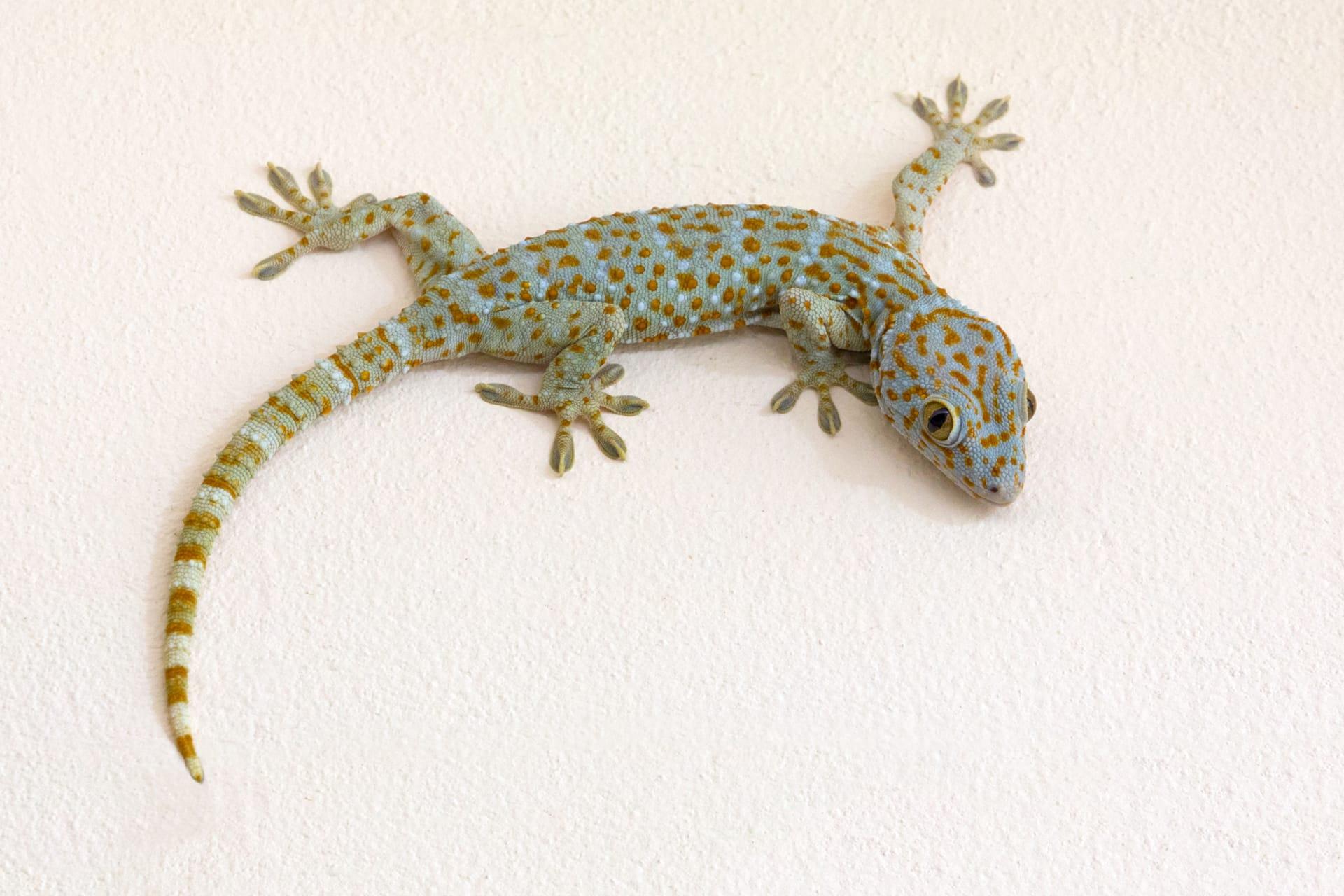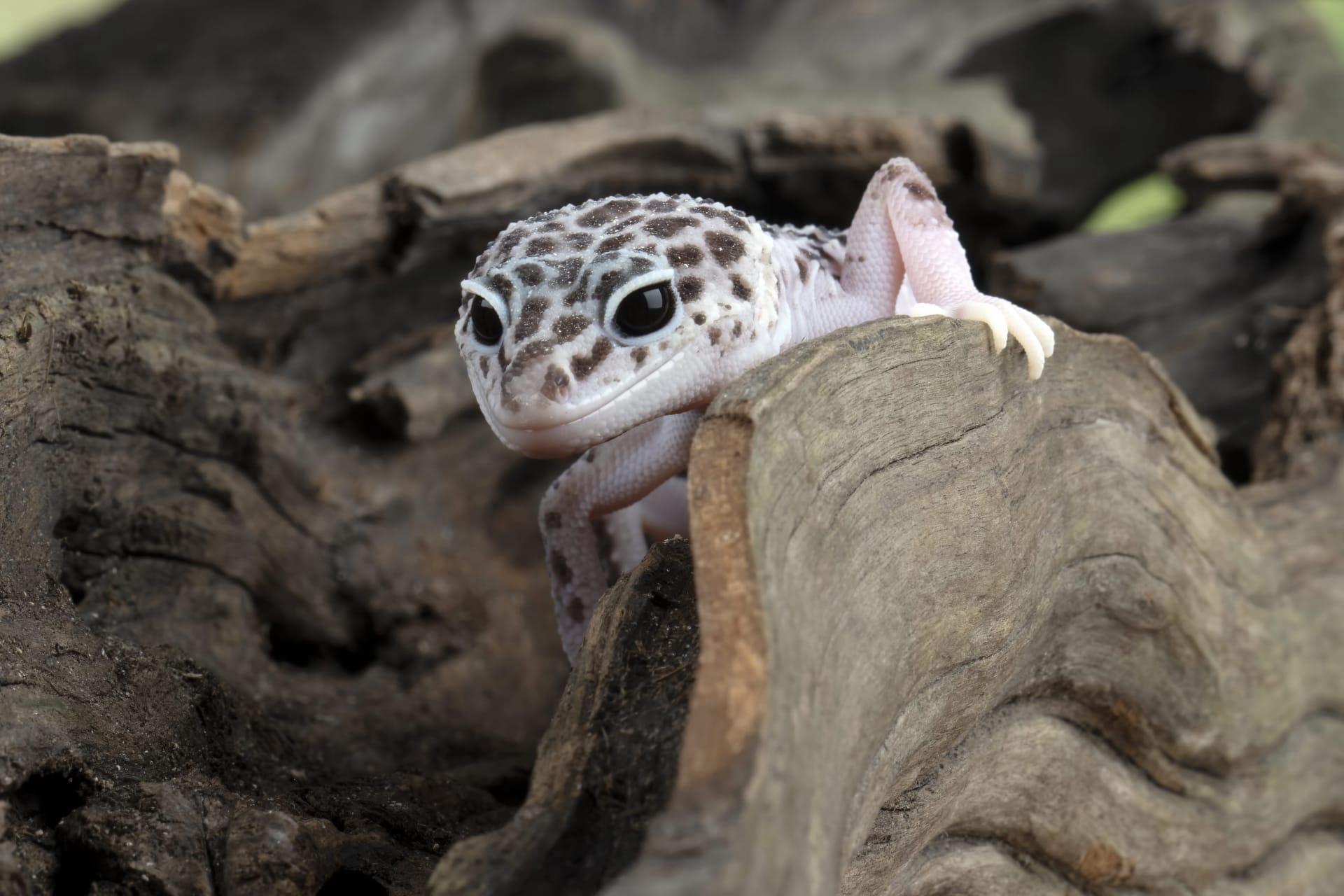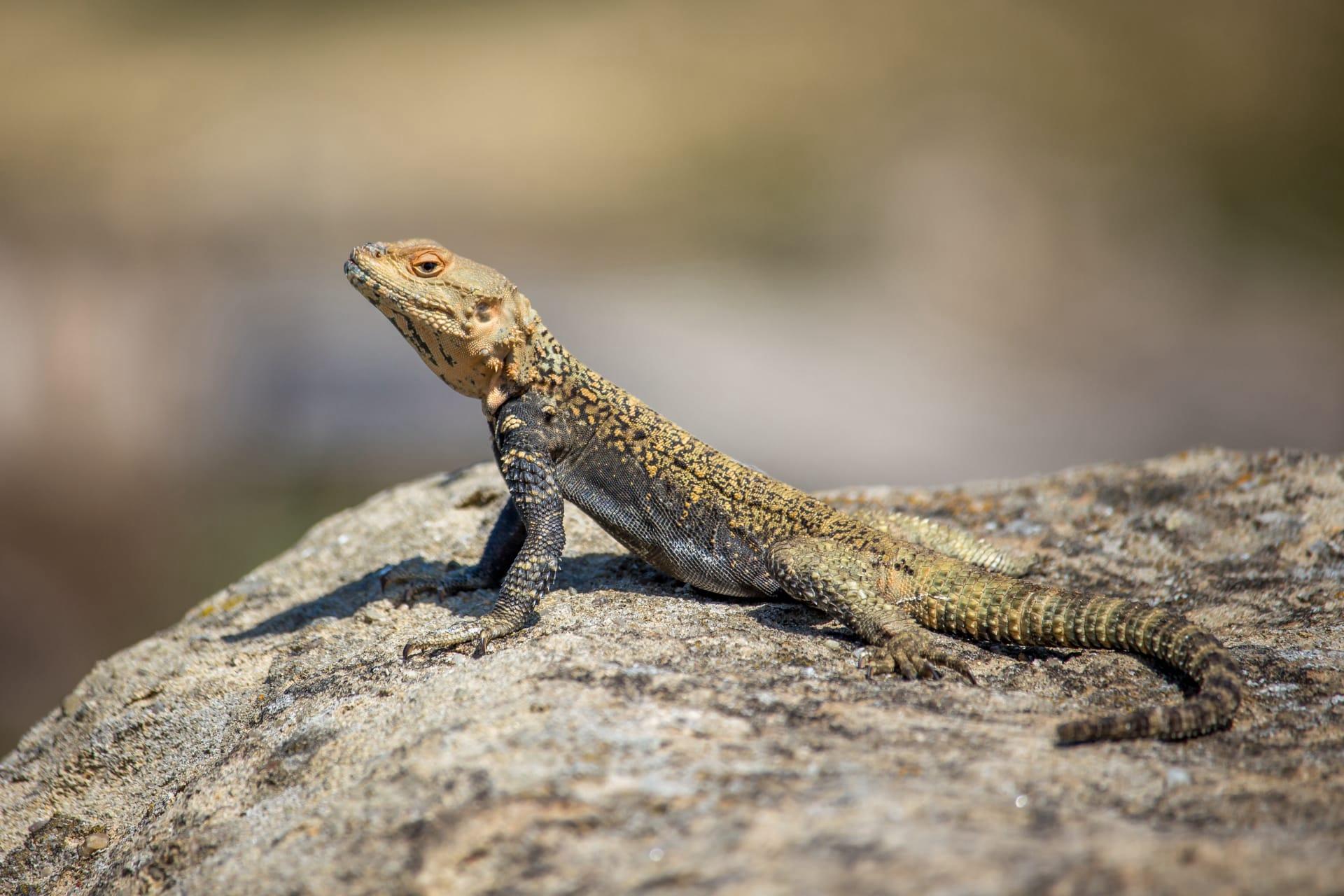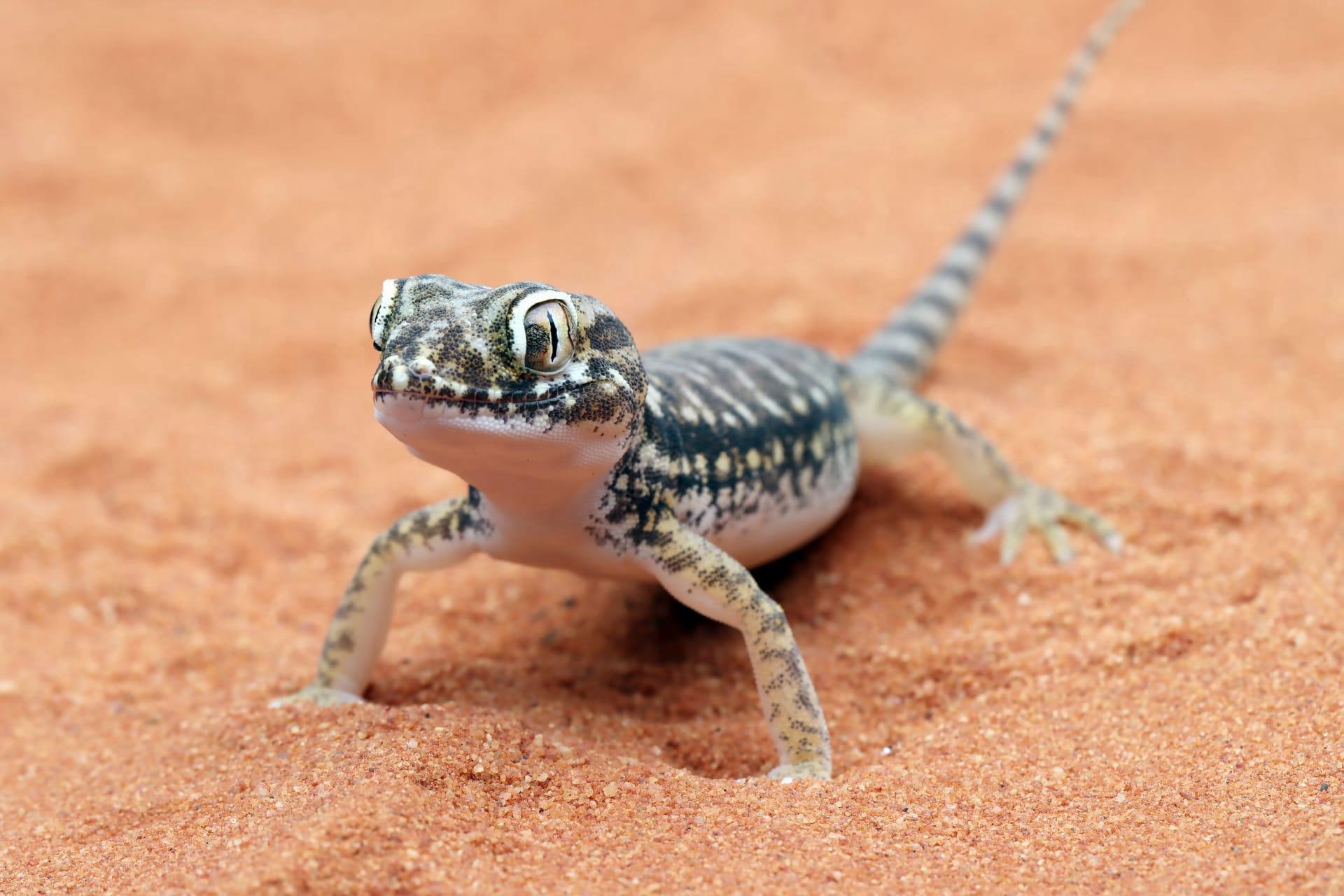Leopard Gecko Trivia
- Home /
- Trivia Question /
- Animal /
- Leopard Gecko Trivia
1
Question: How long can a Leopard Gecko live, and does their lifespan differ in the wild versus in captivity?
Answer: Leopard Geckos can live quite a long time, especially compared to other small lizards. In captivity, they often live between 15 to 20 years, with some even reaching 30 years with excellent care. In the wild, however, their lifespan is shorter, typically around 8 to 10 years, due to predators, disease, and environmental challenges.
Question: What are the distinct physical features of Leopard Geckos that make them unique among lizards?
Answer: Leopard Geckos have several unique features. Firstly, they have eyelids, which is unusual for geckos. This allows them to blink and close their eyes while sleeping. Secondly, their skin is velvety and covered in small bumps, giving them a distinctive texture. They also have a fat-storing tail, which they can detach to escape predators and regrow later. Their coloration varies from yellow and brown to pink, with black spots that give them their 'leopard' name.

2
Question: Is it true that Leopard Geckos can't climb walls like other gecko species?
Answer: Yes, that's correct. Unlike many geckos, Leopard Geckos lack the specialized toe pads that allow for wall climbing. They have small claws instead, which are more suited to walking on solid ground. This is due to their natural habitat in rocky, dry grasslands and deserts.
Question: Do Leopard Geckos need ultraviolet (UV) light in their habitat?
Answer: This is a common misconception. Leopard Geckos are nocturnal and get their vitamin D3 from their diet, not from UV light. While UV light can be beneficial for them, it is not a necessity as long as they are provided with a diet rich in vitamin D3.

3
Question: What does the diet of a Leopard Gecko in captivity include?
Answer: Leopard Geckos are insectivores, meaning their diet consists mainly of insects. In captivity, they often eat crickets, mealworms, and waxworms. It's important to 'gut load' these insects (feeding them nutritious foods before feeding the gecko) and dust them with a vitamin and mineral supplement to ensure a balanced diet.
Question: How do Leopard Geckos communicate?
Answer: Leopard Geckos communicate through a variety of sounds, body language, and even through scent marking. They can make chirping sounds when excited or agitated. Body language, like tail wagging, can indicate aggression or mating behavior. Scent marking with glands on their skin helps in establishing territory and recognizing other geckos.

4
Question: Can Leopard Geckos recognize their owners?
Answer: While Leopard Geckos may not recognize their owners in the same way a dog or cat might, they can become familiar with their caregivers. They may associate their owners with food and safety, leading to a calmer demeanor when handled or fed by them.
Question: What is the significance of the temperature gradient in a Leopard Gecko’s habitat?
Answer: Temperature gradients are crucial for Leopard Geckos. They are cold-blooded and rely on their environment to regulate their body temperature. Their enclosure should have a warm side (around 88 to 90 degrees Fahrenheit) and a cool side (around 75 to 80 degrees Fahrenheit). This allows them to thermoregulate by moving between warmer and cooler areas as needed.

5
Question: How do Leopard Geckos shed their skin, and how often does this occur?
Answer: Leopard Geckos shed their skin as they grow. The process is called ecdysis. Young geckos may shed every few weeks, while adults typically shed every few months. They often eat their shed skin, which is a normal behavior to recycle nutrients.
Question: Are Leopard Geckos solitary animals, and how do they behave when housed with other geckos?
Answer: Leopard Geckos are generally solitary. While they can be kept with other geckos, it's crucial to avoid housing two males together, as they can be territorial and may fight. Females or a male and female pair can cohabit, but it's essential to monitor them for any signs of stress or aggression.